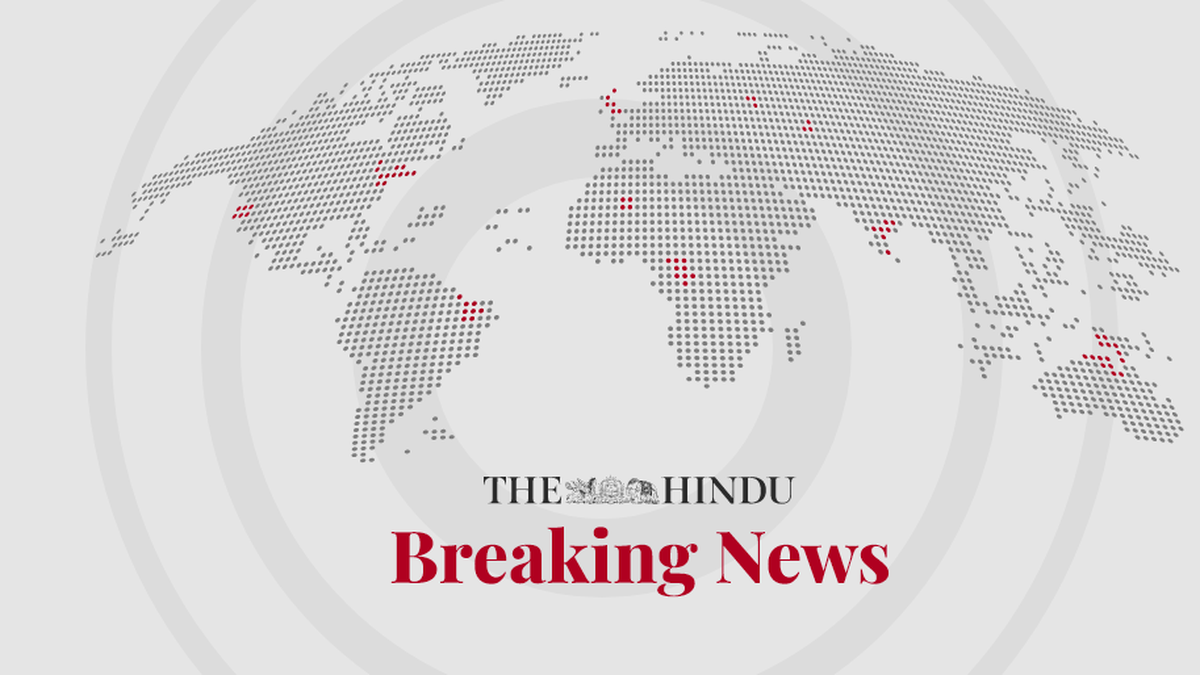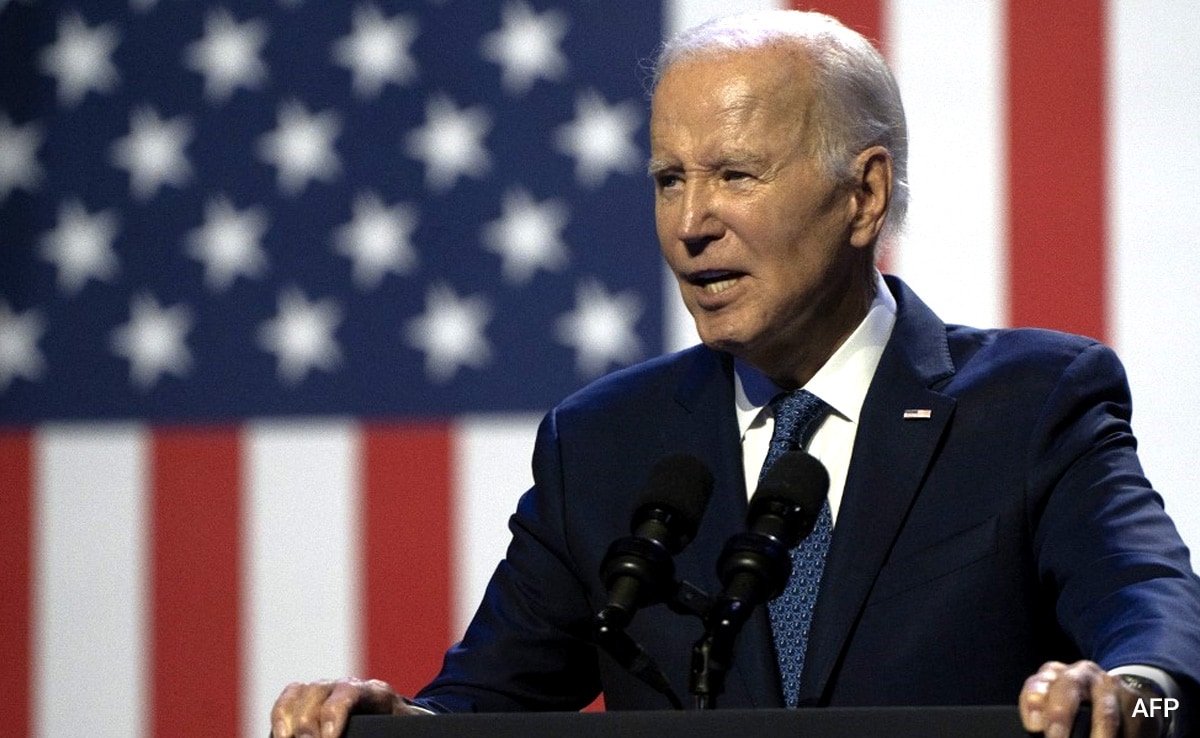People queue up to buy kerosene for domestic use at a supply station in Colombo on May 26, 2022. The South Asian nation’s 22 million people suffered massive shortages of essentials in 2022 after the government ran out of dollars to finance imports, including life-saving medicines. File
| Photo Credit: AFP
The crushing economic crisis in Sri Lanka last year has left more than half of the island’s population “multidimensionally vulnerable”, according to a national citizens’ survey led by the United Nations Development Programme (UNDP).
The study spanning the years 2022 and 2023, and covering 25,000 households across the country, found 55.7 % of the population to be vulnerable across three dimensions — education, health and disaster, living standards — and 12 indicators, including school attendance, physical condition [of health], unemployment and indebtedness. In effect, the survey showed that 12.34 million people out of Sri Lanka’s 22.16 million-strong population have been badly affected by the crisis and remain vulnerable, amid claims of a “recovering” economy. The findings are in line with earlier research by UN agencies on food insecurity levels, and reaffirm anecdotal accounts of poor families cutting down their food intake and pulling their children out of school to cope with the high living costs.
GROUND ZERO: In Sri Lanka, a long and rocky road to economic recovery
The findings of UNDP’s study, carried out in partnership with the ‘Citra Social Innovation Lab’ anchored at the Prime Minister’s office, assume significance, especially after the government rejected a UNICEF report that pointed to high malnutrition levels among Sri Lankan children last year.
Notably, the recently launched UNDP report said a majority, or 82 %, of those found to be “multidimensionally vulnerable” lived in rural Sri Lanka and underscored the need for “more policy focus” in those areas. Further, the study found a third of the country’s population getting into debt for essential needs like food, medical care, and education, as well as pawning jewellery or selling items.
In Focus podcast: Sri Lanka’s economy and the impact of the IMF bailout
“Several districts, including Ampara, Batticaloa, Kilinochchi, Mullaitivu, Nuwara Eliya, Puttalam, and Vavuniya, exhibit notable multidimensional vulnerability values, with over 65 % of their populations identified as vulnerable,” the report said, indicating that people living in the island’s Tamil-majority north and east, impacted by the civil war, and the economically-marginalised Malaiyaha Tamil community, are among those facing the highest levels of economic deprivation. Capital Colombo and the neighbouring Gampaha districts emerged as regions with the highest concentration of vulnerable individuals, a trend that the study attributed to their substantial population sizes.
Road to recovery
Last year’s financial meltdown pushed Sri Lanka to bankruptcy and brought its citizens to the streets, as they contended with acute shortages, long power cuts, and a dramatic increase in prices. A year after defaulting on its foreign debt in the wake of a stifling balance of payments problem, the government obtained International Monetary Fund (IMF) support in March 2023, by way of a $ 3 billion package to be disbursed over a period of four years.
While President Ranil Wickremesinghe has pledged to set the country’s economy on a path of recovery, his government is struggling to reach an agreement with its external creditors. Colombo must finalise a debt treatment plan before the IMF’s scheduled review this month, as the second tranche of the IMF loan is contingent on it.
Further, the government recently announced its decision to restructure its domestic debt, mainly by recasting the outgo on the country’s pension funds. Worker unions are fiercely opposing the move, citing its likely impact on employees’ life savings. In a recent letter to the IMF, more than 80 Sri Lankan organisations and trade unions said subjecting workers’ pension funds to domestic debt restructuring “will diminish the returns to wage-earners and deplete the fund to half its current value.” “Your debt restructuring programme is crippling working people in Sri Lanka who run our economy and create value in our society. The economic reforms you have imposed on us, without reflecting on the negative consequences of the previous reforms enacted over 16 IMF interventions, are crushing our economy,” they told the Fund.
Meanwhile, Central Bank data showed a further slowdown in headline inflation in August, dropping to 4 % from 6.3 % recorded last month, but the numbers are yet to translate to any relief for most citizens, especially because of exceptionally high base effect from last year even as incomes have remained stagnant through the period.
The government — in adherence to the IMF programme — recently began making cash transfers to 1.5 million families out of the 2 million it has identified as poor and eligible. Many more families are protesting, asking to be included on the list. However, women’s groups and government critics argue that a targeted social security programme, amounting to 0.6% of the GDP, will prove grossly inadequate to combat the severe economic strain faced by many.















